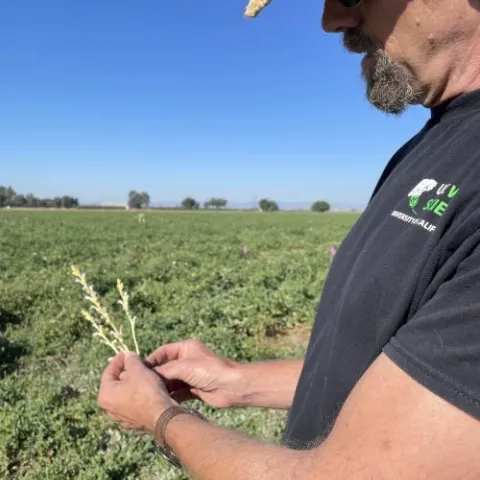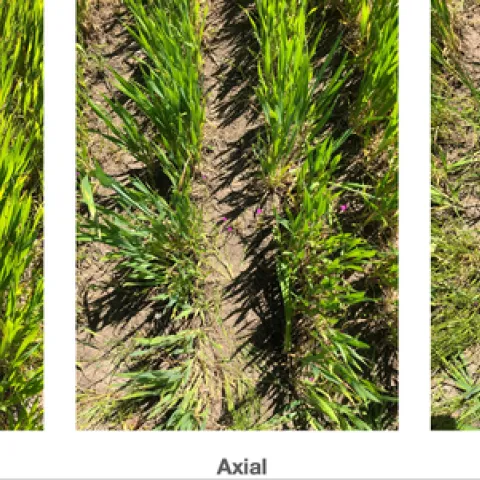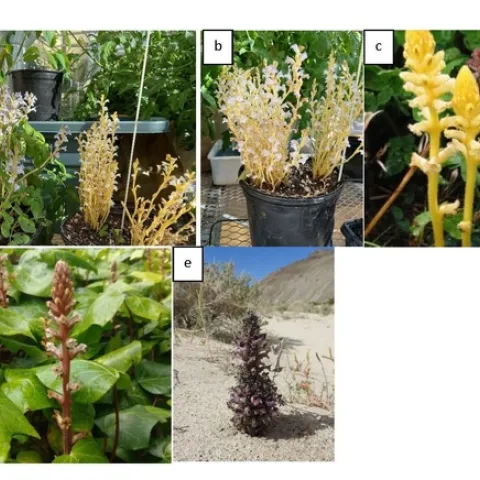UC Weed Science
Looking for a specific Blog post?
Throw Out Your Calendars, It's Time For Phenology-Based Weeding
October 11th, 2023
By Chris J McDonald
Broomrape Species: ecological insights and economic significance
September 28th, 2023
By Bradley Hanson




